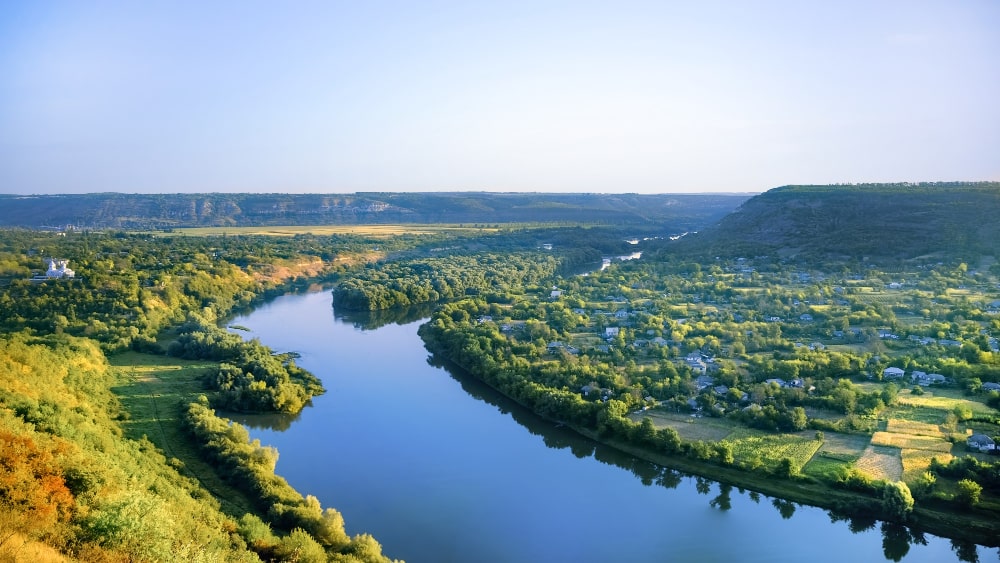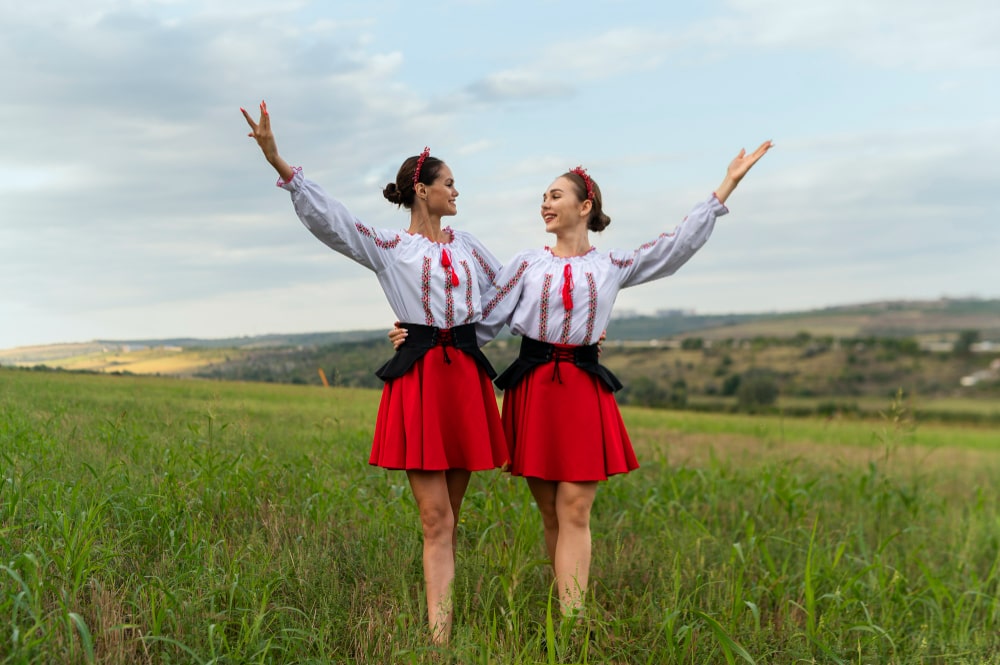About Moldova
The Republic of Moldova (formerly known as Bessarabia and Moldavia) is a landlocked country in Eastern Europe bordered by Romania to the west and Ukraine to the east and south.
Historically part of the Principality of Moldavia, it was annexed by the Russian Empire in 1812 but was ceded to Romania in 1918. After changing hands during World War II and ultimately being annexed by the Soviet Union, it was known as the Moldavian SSR between 1945 and 1991 and finally declared its independence on 27 August 1991.
Moldova is the second smallest of the former Soviet states at 33,700 square kilometers which is slightly larger than state of Maryland in the United States. About 78% of the people are Moldovans. Minority groups include Ukrainians, Russians, Turks (Gagauzs) and Bulgarians.
The Republic of Moldova is a member of the United Nations, the World Meteorological Organization, UNICEF, GUAM (Georgia, Ukraine, Azerbaijan, Moldova), the Commonwealth of Independent States, Black Sea Economic Cooperation and other international organizations.

Moldova is a parliamentary democracy with a president as head of state and a prime minister as head of government. Moldova is in the Eastern European time zone (GMT+2 hours). Summertime (GMT+3 hours) is in effect from the last Sunday in March to the last Sunday in October.
Moldova is a hilly plain. The country’s average elevation is 147 meters (about 482.3 feet) above sea level, with a maximum height of 429.5 meters (about 1410 feet). The climate is continental. Winters are mild due to the proximity of the Black Sea, with average daily temperatures in January between -4 to -7 C (about 23 to 27 F). Summers are quite warm with average daily temperatures in July generally exceeding 25 C (68 F) and daily highs reaching 40 C (104 F) on occasion.
Languages: The official language is Moldovan which is virtually the same as Romanian. Russian and Gagauz (a Turkish dialect) are also spoken
Currency: The currency in Moldova is the leu (lei in plural form). The currency code for Lei is MDL. The Moldovan leu is subdivided into 100 bani (singular: ban). There are bills of 1 lei, 5 lei, 10 lei, 20 lei, 50 lei, 100 lei, 200 lei, 500 lei and 1000 lei. There are coins of bani (1, 5, 10, 25 and 50) and lei (1, 2 and 5). Currently there are 17 lei to the US dollar, and 20 lei to the Euro. The exchange rate varies daily.
Religions: Eastern Orthodox 98%, Jewish 1.5%, Baptist and other 0.5%
National holiday: Independence Day, 27 August (1991)
Chişinău (IPA /ki.ʃi.’nəu/), formerly known as Kishinev, is the capital and industrial and commercial center of Moldova and is also the largest city. It is located in the center of the country, on the river Bîc.
Economically, the city is by far the most prosperous and is one of the main industrial centers and transportation hubs of the region.
Chişinău has a broad range of educational facilities and one of the highest proportions of green space of any major city in Europe.
Culture of Moldova
The culture of Moldova has been influenced primarily by its Romanian origins, the roots of which reach back to the second century CE, the period of Roman colonization in Dacia.
During the centuries following the Roman withdrawal in 271 CE, the population of the region was influenced by contact with the Byzantine Empire, neighboring Slavic and Magyar populations and later the Ottoman Turks.
Beginning in the nineteenth century, a strong West European (particularly French) influence was evident in Romanian literature and the arts. The resulting melange has produced a rich cultural tradition.
Although foreign contacts were an inevitable consequence of the region’s geography, their influence only served to enhance a vital and resilient popular culture.

Moldova’s folk culture is extremely rich. Traditional crafts including ceramics and weaving continue to be practiced in rural areas.
During the Soviet era, Moldovan folk culture flourished and was strongly promoted by the government; however, many elements were altered to obscure the shared history with Romania to discourage secessionism.
Folk culture is currently promoted at the national level and is represented by, among other groups, the republic’s dance company, Joc and by the folk choir Doina.
Ethnic minorities have a number of folklore groups and amateur theaters throughout the country.
Music
Moldovan music is closely related to that of its neighbor and cultural kin, Romania.
Moldovan folk music is known for swift, complex rhythms (a characteristic of many Eastern European countries), musical improvisation, syncopation and melodic ornamentation.
Pop, hip hop, rock and other modern genres have fans in Moldova as well.


